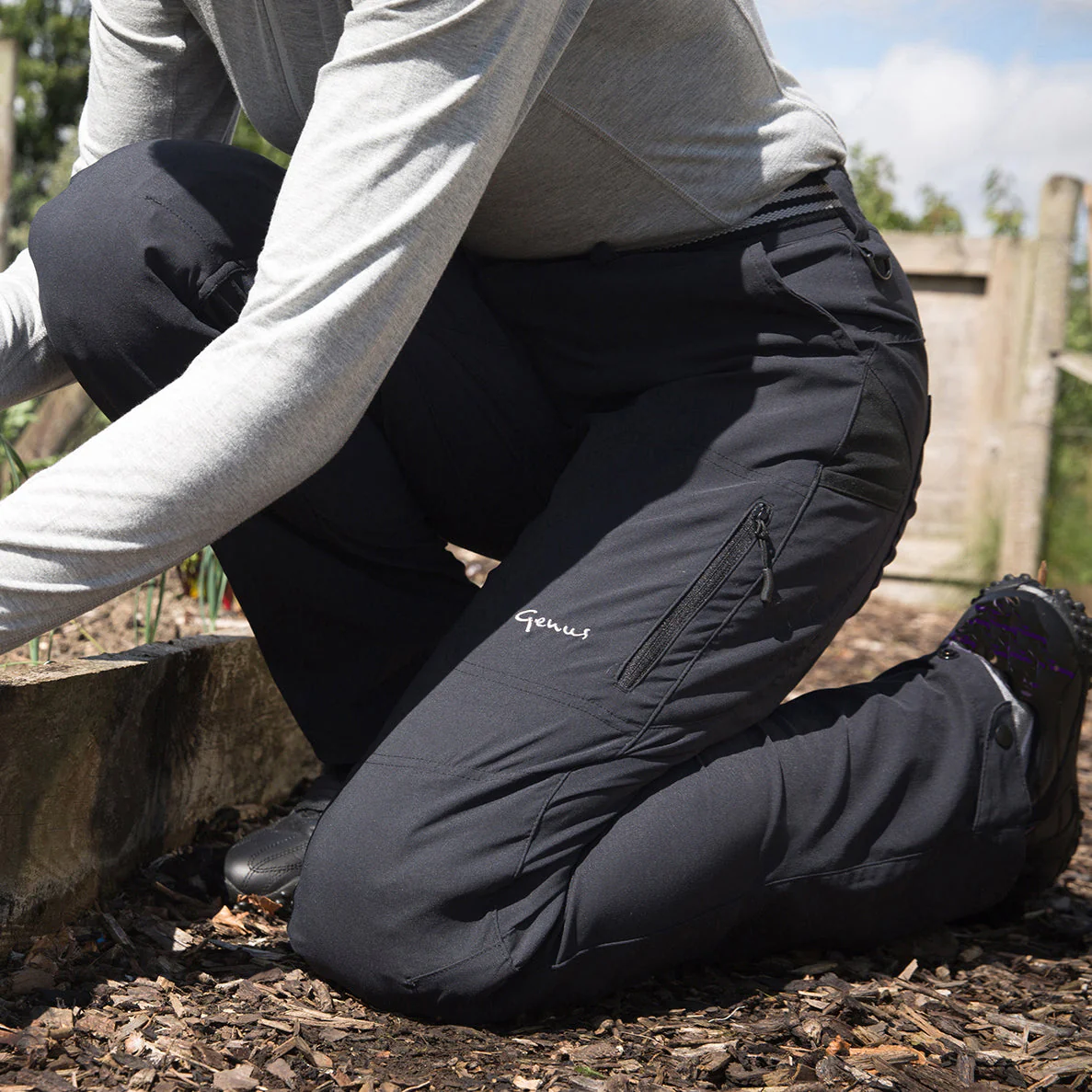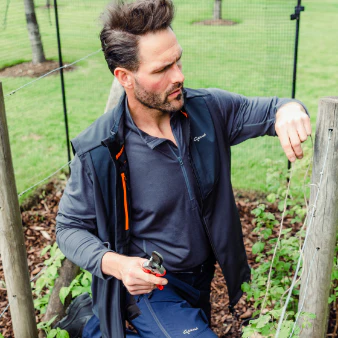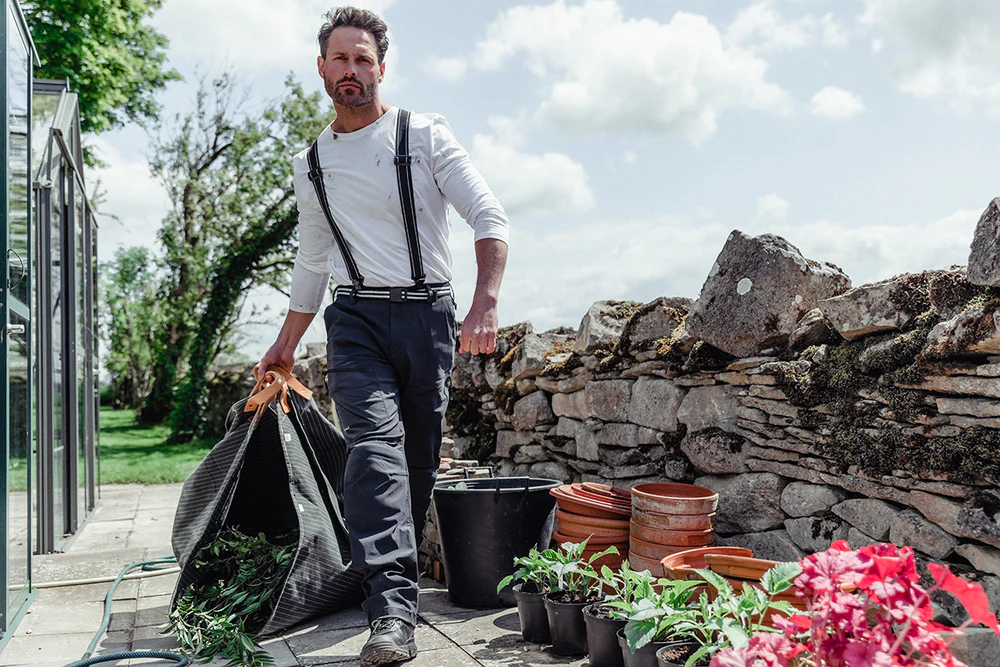Ferns - back to the classroom

We were cutting back fern foliage in the woodland garden this week. Most were brown and collapsed on the ground but a few plants had retained their colour. It was the back of the leaves that caught our eye - regularly spaced rows of small brown spots. We were transported back to our college days in the science labs and the interesting study of the fern’s reproduction habits. It’s a fascinating process and so different from that of flowering plants. Ferns, ancient vascular plants, have a two-stage reproductive cycle.
It begins on the underside of mature fern fronds, where the brown spots we’d seen - structures called sori - develop. These small clusters contain sporangia, which produce and release thousands of microscopic spores. When conditions are favourable, these spores disperse through the air.
When they land in a suitable environment, the spores germinate and create a structure called a prothallus. This develops both male and female reproductive organs called antheridia and archegonia.
When conditions are wet, sperm cells from the antheridia swim to the egg cells in the archegonia. This forms a zygote, which develops into a new fern plant. The young fern initially relies on the prothallus for nutrients but eventually grows its own roots and becomes self-reliant.











